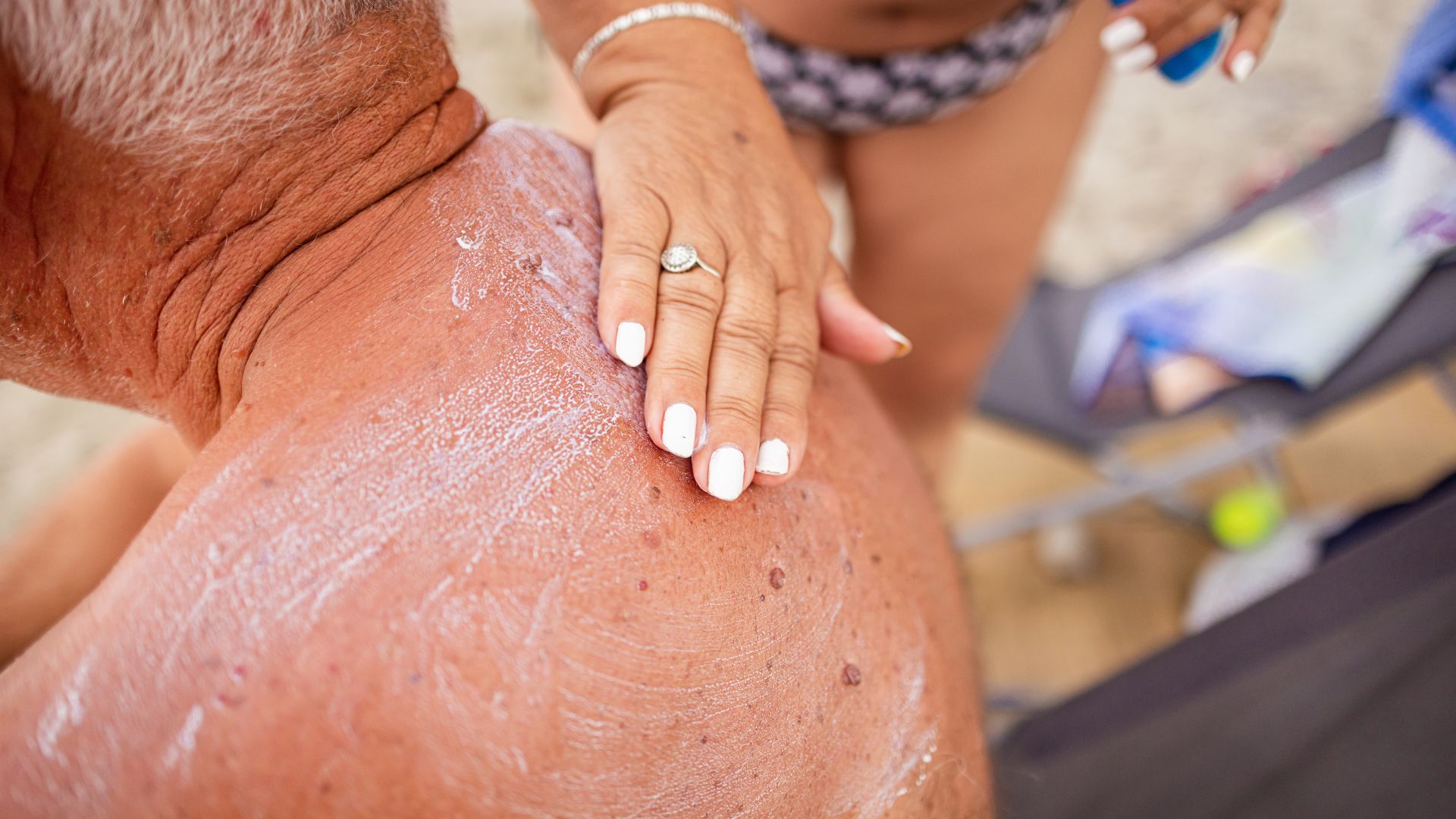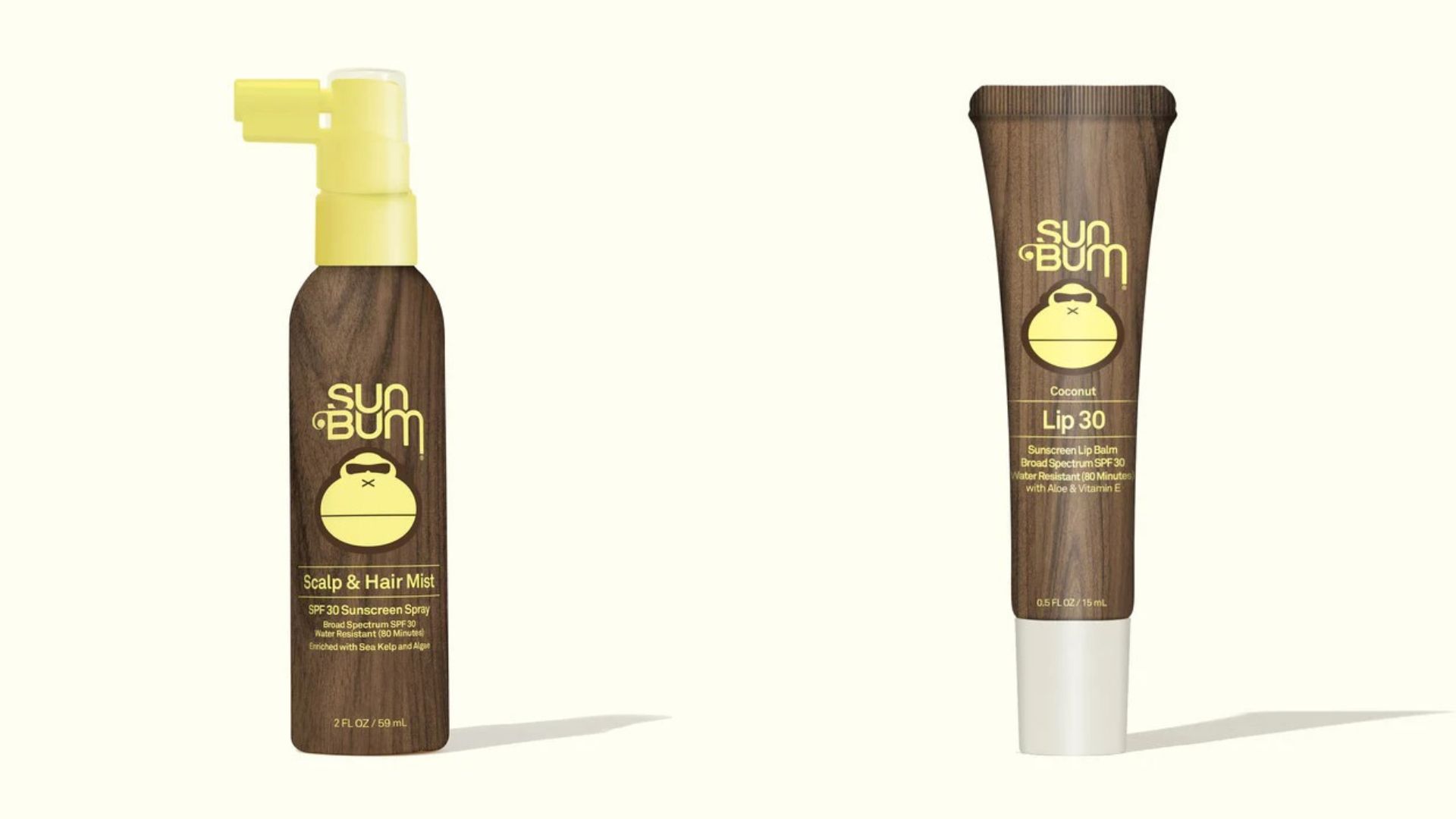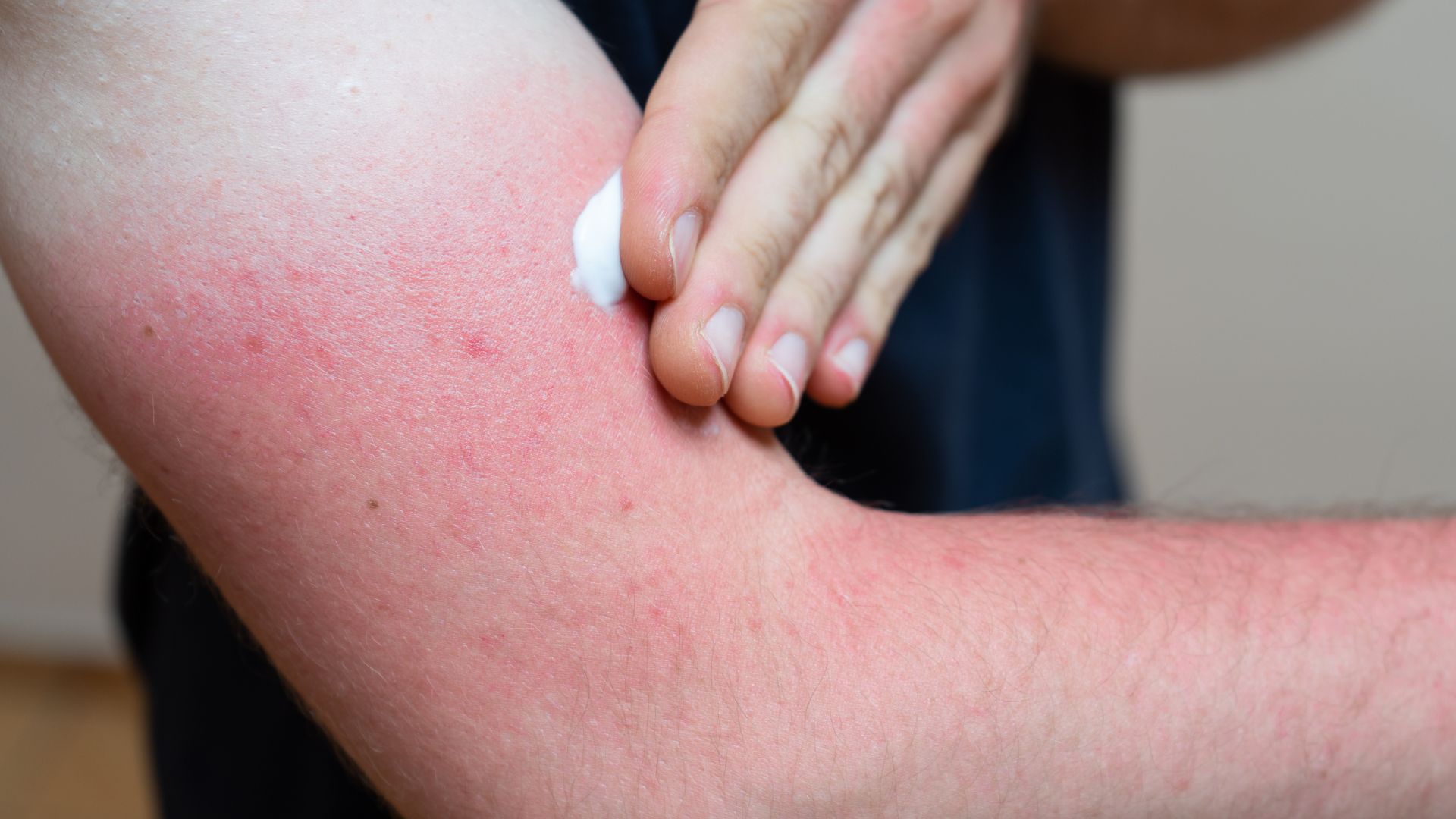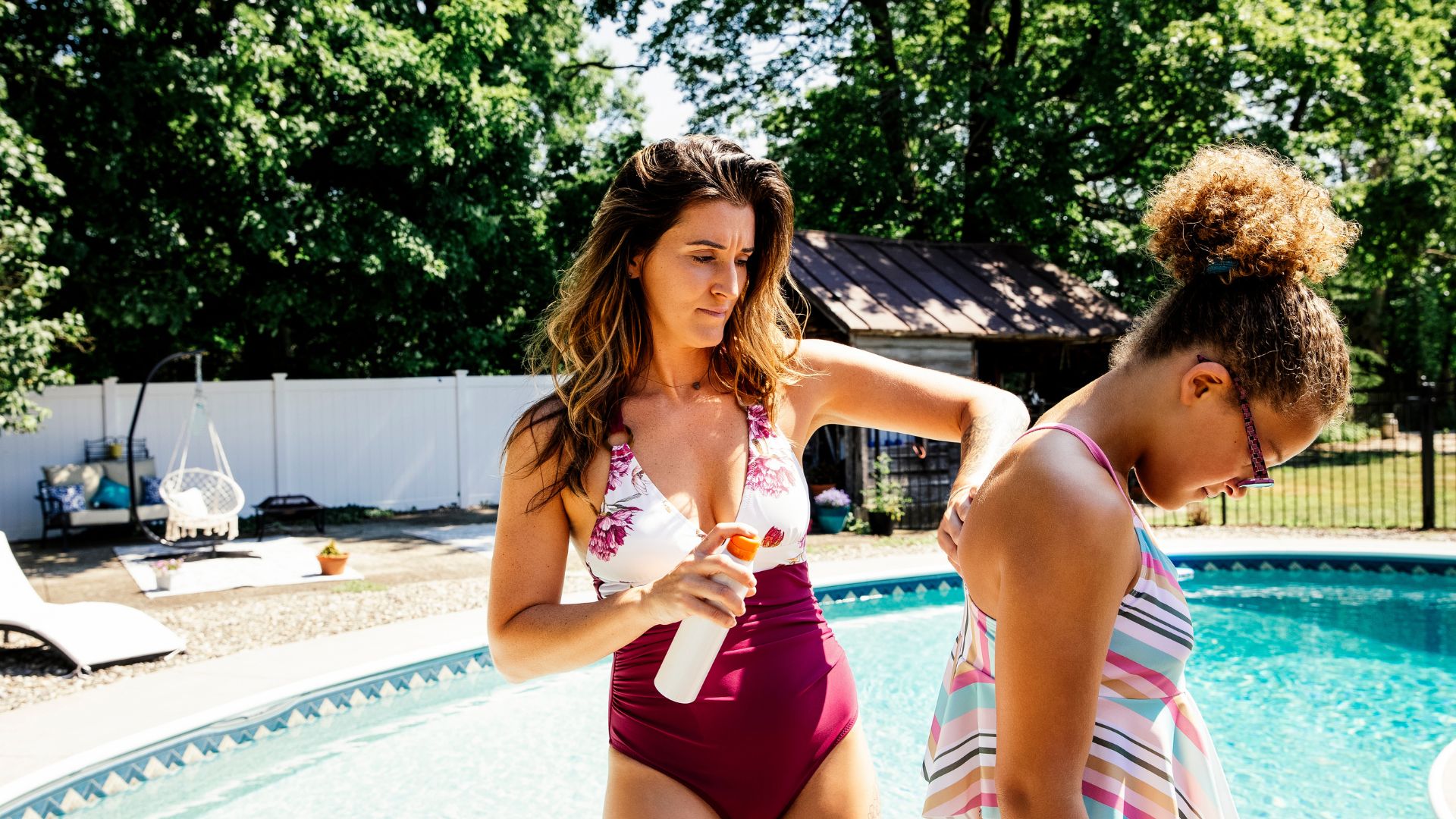Skin Cancer Awareness: What You Need to Know Before You Head Outdoors
Warm weather means more time outdoors – whether it’s hitting the beach, working in the yard or just soaking up the sun on your lunch break. But as we welcome longer days and brighter skies, it’s important to remember that sun exposure comes with real risks.
Skin cancer is the most common cancer in the United States, and while it’s highly preventable, it’s surprisingly easy to overlook, especially in its early stages. With May being Skin Cancer Awareness Month, there’s no better time to brush up on the facts. Knowing how skin cancer starts, what it looks like and how to lower your risks can make all the difference.
It’s not about avoiding the sun altogether – it’s about being prepared and protected.
Skin Cancer: What it is and Why it Happens
Skin cancer affects more Americans than any other cancer— approximately five million new cases are diagnosed each year. Most are caused by exposure to Ultraviolet (UV) radiation from the sun or artificial sources like tanning beds, which damage skin cells’ DNA and can trigger dangerous mutations that can cause uncontrolled cell growth that can lead to tumors or skin cancer lesions.
There are four main types of skin cancer: basal cell carcinoma, squamous cell carcinoma, Merkel cell carcinoma, and melanoma. Melanoma is the most dangerous as it spreads quickly and isn’t always treatable with surgery.
The face, scalp, ears, neck and hands are the most common areas where skin cancer develops—and it’s no coincidence. These body parts are exposed to sunlight year-round, often without adequate protection. Unlike other areas that may be covered by clothing, these zones are regularly left vulnerable during everyday activities like driving, walking or even sitting near a window. They also tend to be overlooked when applying sunscreen, especially on the ears and scalp.
That consistent, cumulative exposure adds up over time, increasing the risk of skin cell damage and, eventually, cancer. The good news? Skin cancer is one of the few cancers you can see with your own eyes, and early detection can be lifesaving.

Staying a Step Ahead: What to Look For
Spotting skin cancer early starts with knowing what to look for. You don’t need to be a dermatologist to catch the warning signs – just a mirror, some awareness and a regular self-check routine can go a long way. The Skin Cancer Foundation recommends watching for these five “ABCDEs” signs when checking your skin:
- A – Asymmetry: Unlike common moles and freckles, most melanomas are not symmetrical,. One half doesn’t match the other? Get it checked.
- B – Border: The borders of most melanomas tend to be uneven, scalloped or notched. Irregular, jagged or blurred edges are warning signs.
- C – Color: Common moles and freckles are one shade of brown throughout, whereas melanomas may have different shades of brown, black and tan as they grow. White, red and even blue may appear.
- D – Diameter/Dark: Bigger than a pencil eraser? Time for a closer look. It’s also important to note any lesion darker than the rest, no matter its size.
- E – Evolving: Any change—size, shape, color, sensation—matters. If a spot starts to itch, bleed or crust, call your dermatologist to have it examined.
How to Lower Your Risk
Apart from early detection, prevention is the most important measure for any type of skin cancer. Prevention isn’t complicated, but it does take consistency.
Start by checking the UV Index before heading outside. The UV Index was created as an international measurement standard to quantify the strength of Ultraviolet radiation at a particular place and time, ranging from 1 to 11, with 1 being low and 11 being extreme. It tells you how intense the sun’s rays are, from 1 (low) to 11+ (extreme). Peak UV hours fall between 10 a.m. and 2 p.m. When your shadow is shortest, seek shade. It’s also important to remember that altitude and reflective surfaces like snow, sand and water can strengthen UV exposure. Don’t be fooled by cloudy skies or cool weather—UV rays still reach your skin.
The Skin Cancer Foundation recommends using a broad-spectrum sunscreen with SPF 30 or higher on all exposed skin to protect against UVA rays (which cause aging) and UVB rays (which cause burning). Sprays like Sun Bum’s Scalp & Hair Mist SPF 30 offer easy, effective protection for hard to cover spots like your part or a receding hairline. And don’t forget your lips – using a Moisturizing Sunscreen Lip Balm can also help shield this sensitive areas for sun damage.

For extended outdoor activity, go for SPF 50 or higher and make sure it’s water-resistant. You should reapply sunscreen every 2 hours or immediately after swimming, sweating or toweling off. SPF measures solar energy, not time, so even high-SPF sunscreen won’t last all day without reapplication.
Finally, in addition to sunscreen, protective clothing is a powerful line of defense. Long-sleeved shirts, wide-brimmed hats and UV-blocking sunglasses help shield the skin and eyes from harmful rays. Lightweight, tightly woven fabrics can offer surprising protection, especially when labeled with a UPF (Ultraviolet Protection Factor) rating.
Common Myths That Can Put You at Risk
Despite growing awareness of sun safety, several myths remain. Clearing up these misconceptions is vital because believing the wrong thing can lead to lasting and possible deadly damage.
- “My sunburn healed, so I’m fine.” Not true. DNA damage can linger long after the redness fades. While your body can repair some of the DNA damage in skin cells caused by the sun, it cannot fix it all.

- “It’s
cloudy or cool—no need for sunscreen.” Think again. Up to 80%
of UV rays still get through. Additionally, the temperature of the
surrounding air has zero effect on the sun’s intensity; just because your
skin or body is not warm does not mean it is not being damaged by
radiation.

- “I’m
indoors most of the day.” Just 15 minutes of exposure—like during
your commute—can do lasting damage. Protecting your skin is essential, no
matter how much time you spend in the sun. UV exposure
damage is cumulative and increases your skin cancer risk over time.

- “I
have dark skin, so I don’t need sunscreen.” Melanoma affects all
skin tones. While darker skin types may be less prone to sunburns, all
skin types need sunscreen.

Bottom Line
Skin cancer may be common, but it’s also largely
preventable. Know your skin. Protect it daily. And when something doesn’t look
or feel right, trust your gut and get it checked.